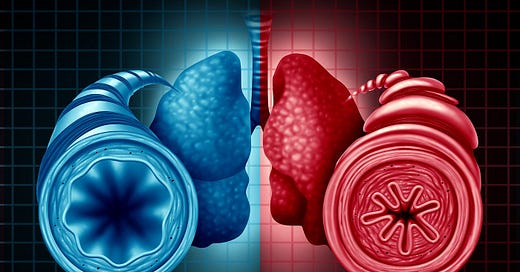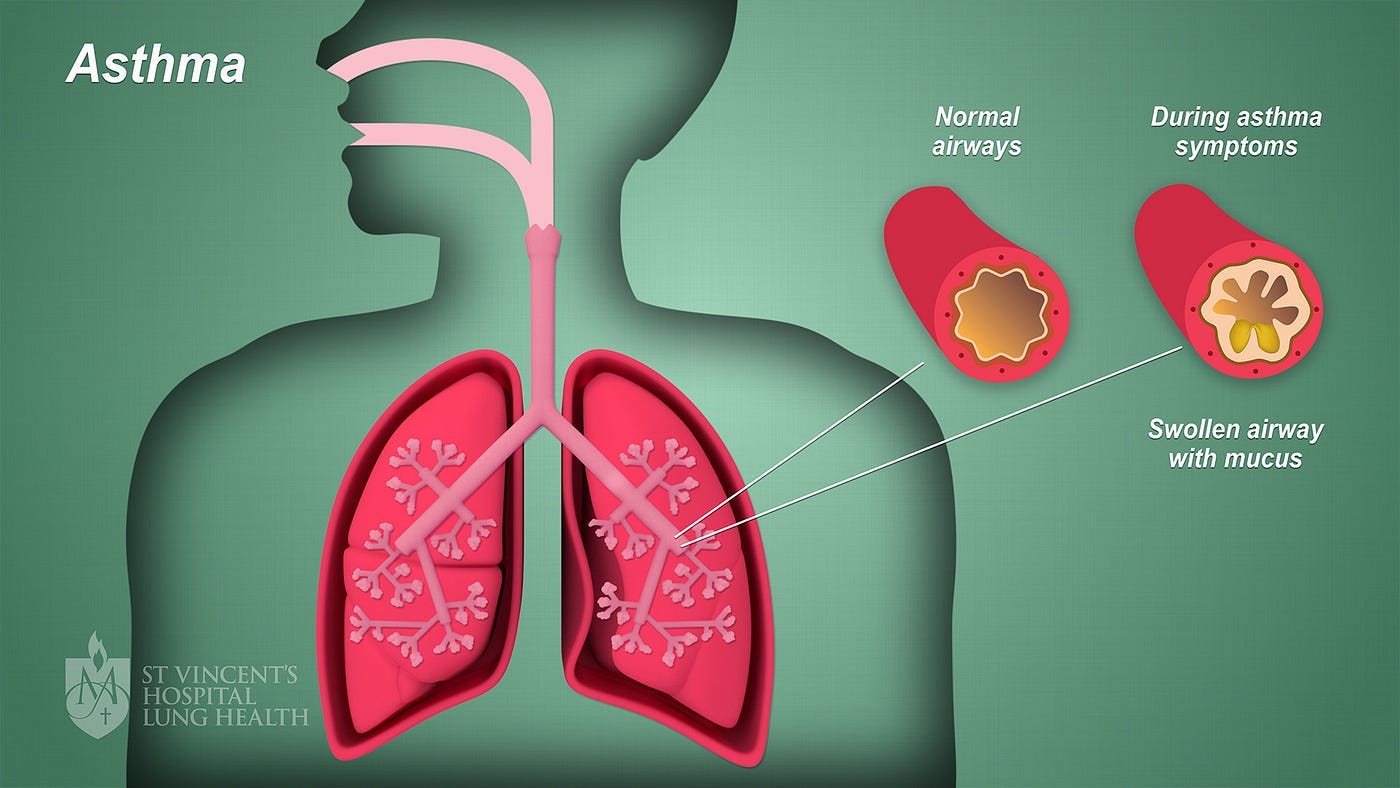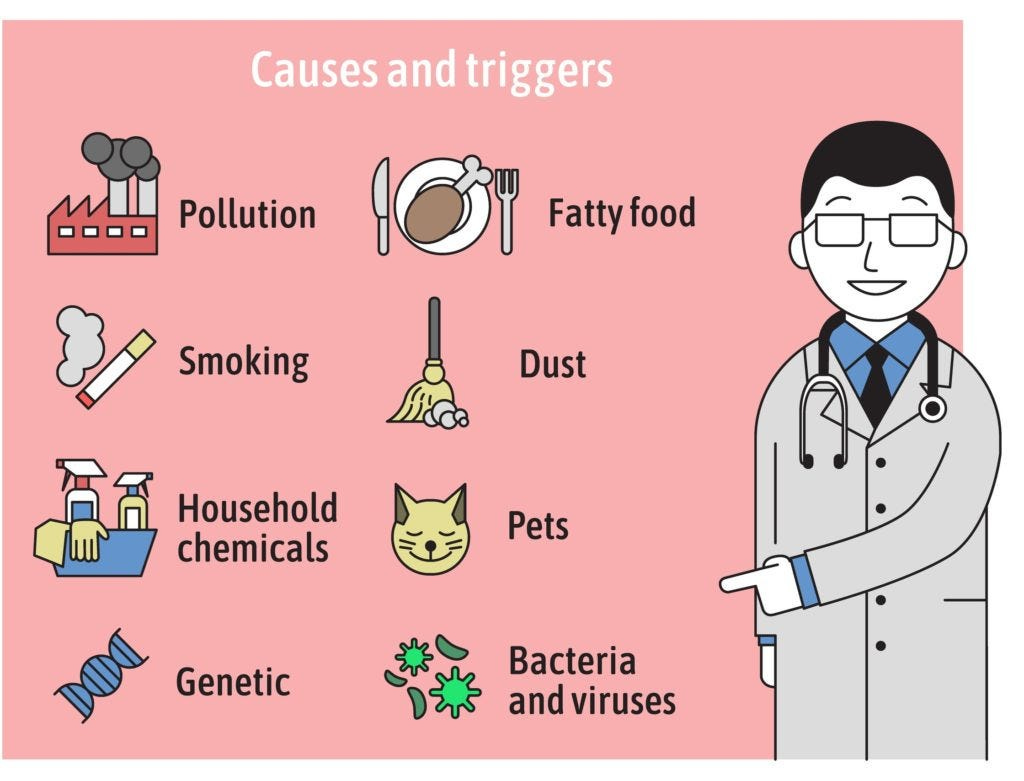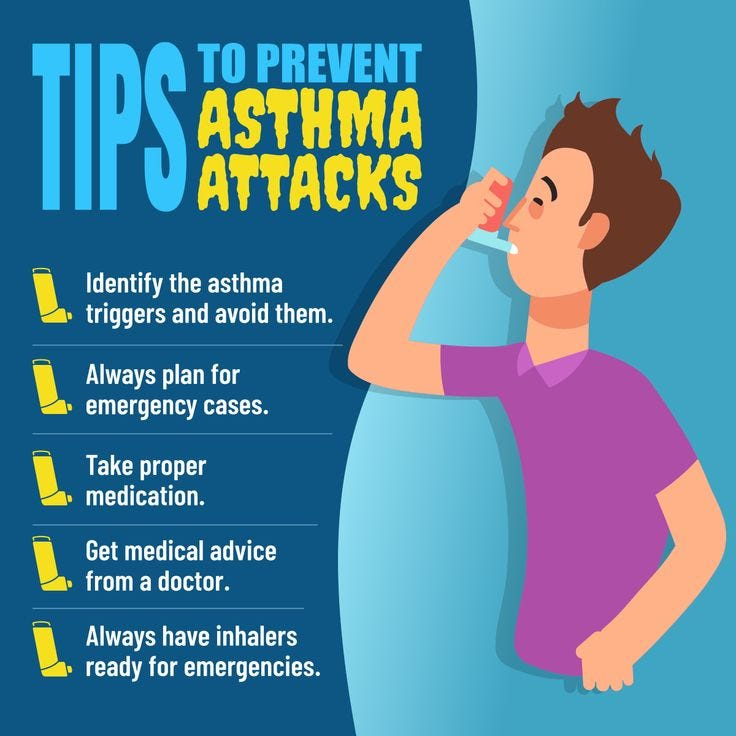Asthma: The Most common chronic illness in childhood!
Written by: Manan Kalra
Date: Friday, March 17, 2023
Introduction
Asthma is a chronic disease that affects millions of people worldwide, making it hard to breathe and causing coughing, wheezing, and chest tightness. Asthma is a condition in which your airways narrow and swell and may produce extra mucus.
For some people, asthma is simply another worry. But for others, it can be a major problem that interferes with daily activities and may lead to a life-threatening asthma attack.
Symptoms
Asthma can’t be cured, but its symptoms can be controlled. Because asthma often changes over time, it’s important that you work with your doctor to track your signs and symptoms and adjust your treatment as needed. Asthma symptoms vary from person to person. You may have infrequent asthma attacks, have symptoms only at certain times — such as when exercising — or have symptoms all the time.
Asthma signs and symptoms include:
Shortness of breath
Chest tightness or pain
Wheezing when exhaling, which is a common sign of asthma in children
Trouble sleeping caused by shortness of breath, coughing or wheezing
Coughing or wheezing attacks that are worsened by a respiratory virus, such as a cold or the flu
Causes
It isn’t clear why some people get asthma and others don’t, but it’s probably due to a combination of environmental and inherited (genetic) factors.
Exposure to various irritants and substances that trigger allergies (allergens) can trigger signs and symptoms of asthma. Asthma triggers are different from person to person and can include:
Airborne allergens, such as pollen, dust mites, mold spores, pet dander or particles of cockroach waste
Respiratory infections, such as the common cold
Physical activity
Cold air
Air pollutants and irritants, such as smoke
Certain medications, including beta blockers, aspirin, and nonsteroidal anti-inflammatory medicines
Strong emotions and stress
Ways to Prevent
While there’s no way to prevent asthma, you and your doctor can design a step-by-step plan for living with your condition and preventing asthma attacks.
Follow your asthma action plan. Asthma is a condition that needs regular monitoring and treatment. With your doctor and health care team, write a plan for taking medications and managing asthma attacks.
Get vaccinated. Staying current with vaccinations can prevent flu and pneumonia from triggering asthma flare-ups.
Identify and avoid asthma triggers. Find out what causes or worsens your asthma and take steps to avoid those triggers.
Monitor your breathing. You may learn to recognize warning signs of an impending attack, such as slight coughing, wheezing or shortness of breath.
Identify and treat attacks early. If you act quickly, you’re less likely to have a severe attack. You also won’t need as much medication to control your symptoms.
Take your medication as prescribed. Don’t change your medications without first talking to your doctor, even if your asthma seems to be improving.
Pay attention to increasing quick-relief inhaler use. If you find yourself relying on your quick-relief inhaler, your asthma isn’t under control. See your doctor about adjusting your treatment.
Technologies
Air Purifiers. Air purifiers are some of the best, most practical at-home treatment options for asthma and allergy symptoms. Depending on the air quality of the environment one is in, allergy and asthma symptoms can flare, making it difficult to breathe. Air purifiers, in a sense, remove the need for direct treatment of allergies by making the air itself easy to breathe.
Bronchial Thermoplasty. This new technology designed for asthma patients uses radio waves to burn off overgrown muscle in the airways and lungs. Bronchial Thermoplasty uses thin wires that are lowered down into a patients lungs, which then emit radio waves that burn off a portion of the muscle in the airways. With the reduced amount of muscle, airways, even when contracted, are open for air to flow through easily.
Tracking Devices and Mobile Applications. While not a medical treatment, GPS tracking devices installed on inhalers are helping revolutionize the way patients manage their symptoms. The information obtained from the inhaler is sent via Bluetooth to a remote server that doctors and their patients can access. Knowing when and where an inhaler is used is critical in avoiding future attacks. Mobile applications have also been developed that help adults manage the use of medication as well as be aware of environmental conditions that could potentially trigger an asthma attack.
Immunotherapy. Immunotherapy is a proven method to reduce or eliminate the symptoms of allergies and allergy-related asthma. This is one of the more drastic treatment methods; Immunotherapy must be prescribed by a doctor; it consists of injecting small doses of the substance one is allergic to, diluted with saline, under the skin. This increases the body’s immunity to that specific allergen. This is repeated weekly, with the concentration of allergen increasing with each treatment. Once the shots have been administered for around four months, the amount of allergen reaches its maintenance, or constant, level.
Hypoallergenic Bedding. This is one of the most neglected options for managing allergy and asthma symptoms; it is also one of the most practical. Dust mites and other airway irritants can get trapped in conventional sheets and comforters, while hypoallergenic materials are tightly woven, allowing no room for these irritants.
Conclusion
In conclusion asthma can be described as a chronic respiratory condition which can be identified by breathing difficulty, wheezing, cough and chest tightness. It is important that we be careful and take the right steps towards preventing asthma attacks.








